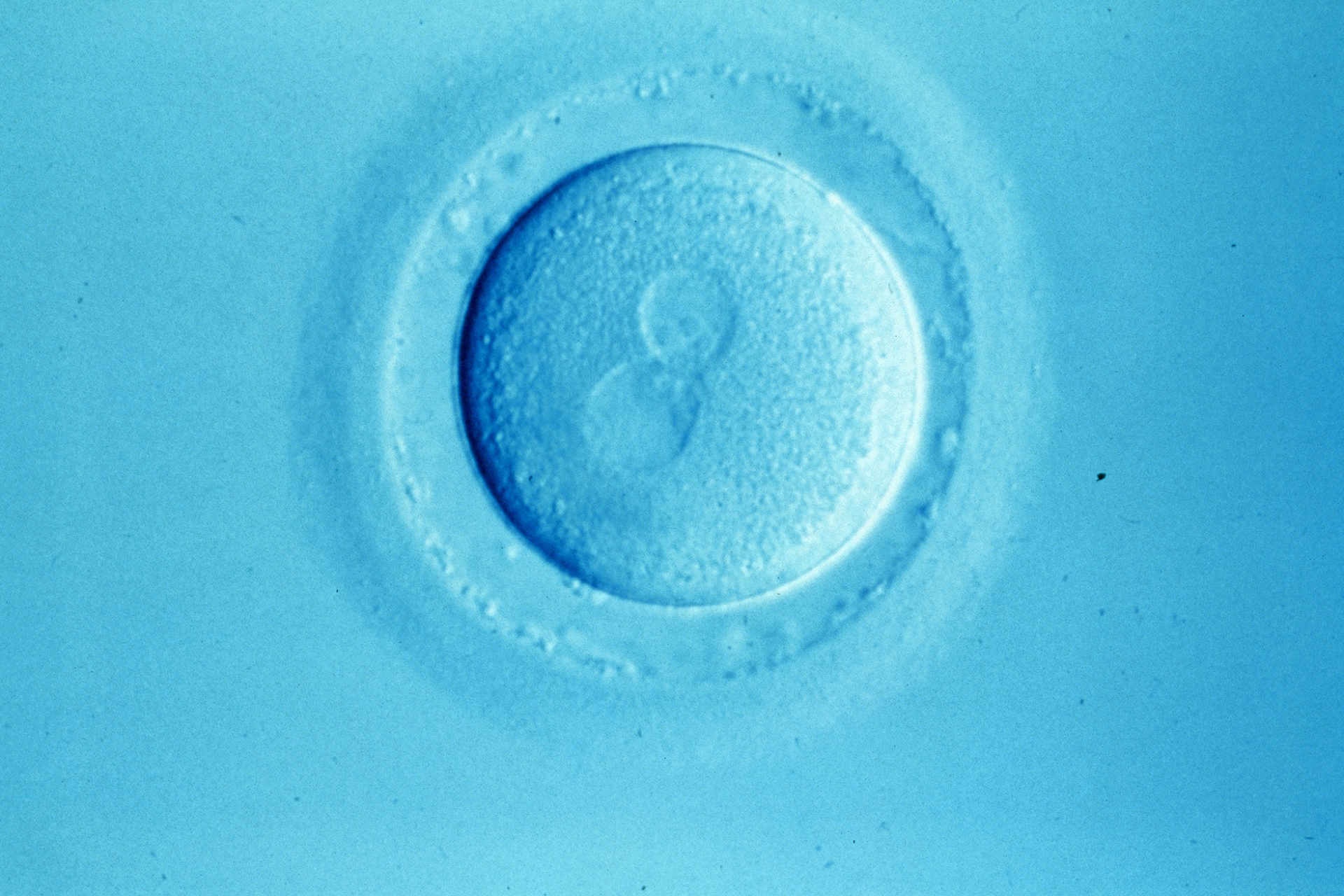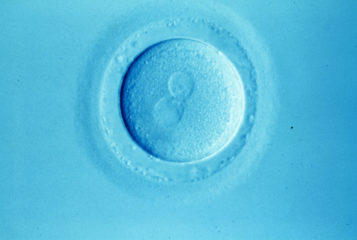The question of female age is often addressed in fertility clinics, both in terms of eligibility for NHS funding and of its impact on pregnancy outcomes. Although some areas stipulate male age as a criterion for accessing NHS-funded treatment, this is not universally considered, presumably because there is more ambiguity over its role in reproductive success. Kevin Smith's recent controversial publication (BioNews 808) warns of an increased risk of children suffering from genetic disorders resulting from more mutations in sperm from older men. At best, his publication raises awareness of a biological clock for men, which is an important public-health message, and he should be applauded for that. However, his proposal to 'genetically improve' the human population through (global?) sperm banking seems preposterous, even without considering the economic argument so clearly presented last week by Professor Allan Pacey (BioNews 809).
Looking at relevant peer-reviewed publications, it is clear that sperm parameters decline and that DNA damage increases consistently with male age. Kidd et al (2001) reviewed two decades of publications (1980—1999) comparing men aged less than 30 years with those aged more than 50 years, and clearly show a decrease in semen volume, sperm motility and normal morphology with increasing male age. More recently, Batista et al (2014) evaluated 1,500 sperm samples and divided their results into three age groups (under 35, 35—45, over 45). Again, increasing age correlated with a reduction in semen volume, decreased sperm vitality, progressive motility and normal morphology as well as an increase in large nuclear vacuoles and an increase in DNA damage. However, unlike with female fertility, there is no obvious age threshold of significant deterioration.
When considering the effect of male age on the outcome of fertility treatment, however, the findings are inconsistent. This is mainly because older men tend to partner with older women, which has a much bigger impact than male age on its own. Where this is controlled for, a significant decrease in pregnancy rate (23—38 percent) is reported with paternal age over 50 years (compared with under 30 years). A recent literature review examining the association between paternal age and assisted reproductive technology (ART) outcomes by Dain et al (2011) did not show a clear correlation between advanced paternal age and fertilisation rate, implantation, pregnancy, miscarriage or live birth rate. No effect of paternal age was seen on embryo quality at cleavage stage, although there was a significant decrease in blastocyst formation as paternal age increased. Interestingly, other than reduced semen volume, they reported no significant decreases in sperm characteristics with advancing age. By contrast, retrospective analysis of 2,142 donor insemination cycles in women under 40 years by Koh et al (2014) showed a significantly reduced pregnancy rate and a longer time to pregnancy when male partners were over the age of 45.
Studies looking at donated eggs overcome maternal age as a confounding factor, but these tend to have small numbers of males with 'advanced age' (mostly defined as over 40 years). However, a retrospective cohort analysis of 1,023 anonymous egg-donation cycles by Frattarelli et al (2008) showed a significant increase in pregnancy loss, a decrease in live birth rate and a decrease in blastocyst formation rate when males were over 50. No significant differences were seen for implantation rate, clinical pregnancy rate or early embryo development to cleavage stage. Luna et al (2009) also found that advanced paternal age negatively impacted on egg-donation treatment outcome, including a reduced implantation rate where the paternal age was more than 60. But, again, the data are not consistent. Whitcomb et al's (2011) study of 1,392 IVF cycles using donor eggs found no significant association between male age and pregnancy outcomes once the female recipient's age had been taken into account. This finding is upheld by the largest published study to date. Begueria et al (2014) conducted a retrospective study of 4,887 cycles using donor eggs (2007—2010). All egg donors were under 35 years old. Paternal age was associated with a decrease in sperm quality, but no effect of male age was seen on biochemical, clinical or ongoing pregnancy rates or on live-birth rates.
Overall, the data is most compelling when considering the impact of paternal age on offspring. Smith is correct — there are higher rates of birth defects, such as cleft lip or palate, diaphragmatic hernia and congenital heart disease (Green et al, 2010); an increased risk of death in childhood (Urhoj et al, 2014); and a clear link between paternal age and psychiatric illness, including schizophrenia and autism (D'Onofrio et al, 2014). These publications stand uncontested. They involve national datasets with thousands, even millions, of individuals. The significant male age identified in these studies is 45 years old and is not specific to ART.
The body of evidence surrounding paternal age has clearly expanded since the Association of Biomedical Andrologists (ABA), Association of Clinical Embryologists (ACE), British Andrology Society (BAS), British Fertility Society (BFS) and Royal College of Obstetricians and Gynaecologists (RCOG) joint working party concluded that sperm donors should be under the age of 40 years, where possible, but serves only to strengthen their position. The introduction of sperm banking to avert the impact of paternal age is certainly controversial, and Smith is clearly over-simplifying things by anticipating that all 18-year-old males who wish to freeze their sperm will be able do so and then easily achieve a pregnancy at a later date. As a consultant obstetrician and gynaecologist, I find the underlying message — that teenage pregnancy would be better for the human race — terrifying. Adolescent pregnancy is associated with higher rates of illness and death for both the mother and infant. Pregnant teens are at much higher risk of having serious medical complications, including pregnancy-induced hypertension and pre-eclampsia, and infants born to teens are up to six times more likely to have low birth weight compared to those born to mothers aged 20 years or older, mainly due to prematurity but also as a result of intrauterine growth restriction.
So, have we missed the point? Within reason, everyone should have the right to choose when they become parents, but that means being appropriately educated and making an informed choice. Rather than sperm cryopreservation for all, perhaps we need to spin the debate and seriously consider the impact of advanced paternal age on the welfare of the child. In my opinion, we should use this evidence to introduce an upper-age limit for men undergoing NHS-funded fertility treatment and sperm cryopreservation.





Leave a Reply
You must be logged in to post a comment.